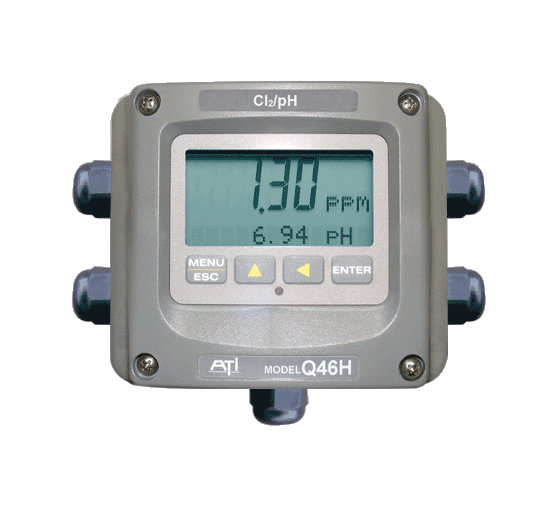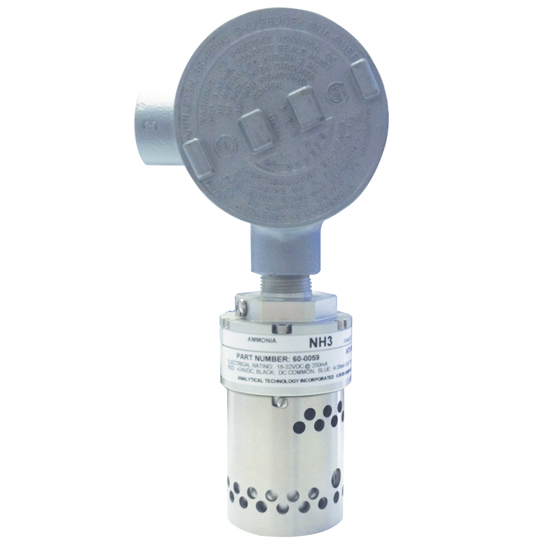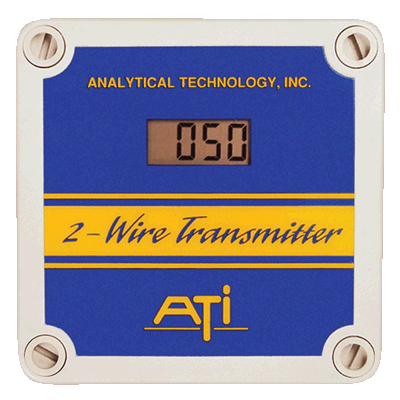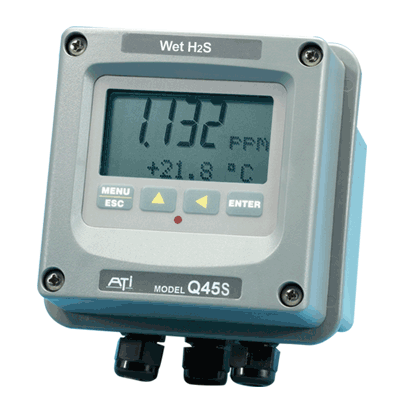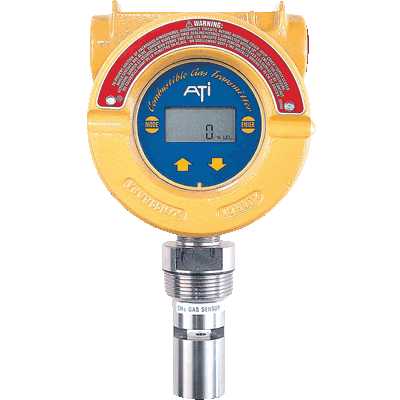
ATI A12-17 Combustible Gas Detector
Construction:
Combustible Gas Detector Description
ATI's A12-17 Combustible Gas Detector system eliminates the need for frequent response checks with an automatic gas test every 24 hours. The result is a combustible gas detector system with a level of reliability beyond that of any other gas detector system available. This daily gas sensor response verification is as close to a fail-safe gas detection system as you can find, with the added benefit of greatly reduced manual testing.
The A12-17 combustible gas sensors are made up of two matched sensing elements, one active and one passive. Both are electrically heated and form two legs of a Wheatstone bridge circuit. When combustible gas contacts the sensor, the active element catalyzes the oxidation of gas, heating the active element and changing its resistance. The passive element remains unchanged, resulting in a change in the bridge circuit that is proportional to the gas concentration. As long as the active element remains in good condition, the gas sensor will respond rapidly to the presence of combustible gas.
The Auto-Test gas sensor is actually a combination of a gas sensor and an electrochemical hydrogen gas generator (patent pending) integrated into an explosion-proof stainless steel housing. When activated by the electronic transmitter, the generator produces hydrogen that diffuses to the gas sensor through the flame arrestor protecting the sensor. If the gas sensor responds properly, the A12-17 Combustible Gas Transmitter will show a “Pass” indication. Should the sensor not respond properly, an “Auto Test Fail” message will activate at the gas transmitter and the 4-20 mA output from the transmitter will drop to 3 mA, providing for remote fault indication.
 Download
Download


